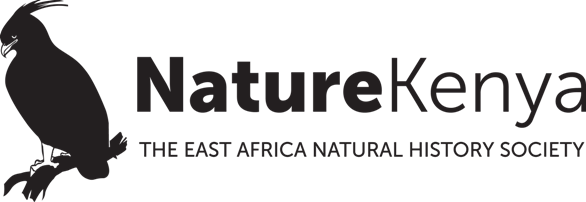Set in the right locations, wind power is a clean, green energy source with low environmental impacts. In the wrong places, it can be a serious threat to biodiversity, especially for certain bird and bat species. Understanding where such conflicts could arise is thus crucial to planning for wind power development.
Last month, the Ministry of Energy convened a consultative meeting on the Strategic Environmental Assessment (SEA) for Wind Power and Biodiversity in Kenya at the Nairobi National Museum. The meeting brought together participants drawn from government authorities and state corporations in the environment and energy sectors, civil society and private sector agencies (both investors and wind power developers).
“The Wind Energy and Biodiversity SEA seeks to identify places critical for the survival of bird species likely to be affected by wind power. It also seeks to identify areas of low biodiversity risk for wind power development; and propose mitigation measures and other management actions that will align with international good practice. The process will make it easier to save nature as we address our quest to grow our economy through wind energy” said Dr. Matiku, Executive Director, Nature Kenya.
The SEA is being supported by USAID through its Power Africa program implemented by Tetra Tech. Tetra Tech has contracted The Biodiversity Consultancy (TBC) to lead the SEA process. The Kenya Bird Conservation Consortium (Nature Kenya, BirdLife International and The Peregrine Fund) is working in partnership with the TBC.
The meeting presented key findings and initial recommendations of the draft Wind Power and Biodiversity SEA. This included updating of sector players on progress that The Biodiversity Consultancy (TBC) and partners have achieved in terms of work done so far, preliminary results, challenges and plan.
The findings indicated that most areas with high potential for wind power are also key habitats and migratory routes for birds and bats, among other biodiversity. There is therefore need to apply caution when setting up wind farms in such areas to avert negative effects to biodiversity. Mitigation hierarchy principles (avoidance of sensitive areas, minimization of impacts, restoration of impacted biodiversity and offsetting to ensure net biodiversity gain) and SEA recommendations need to be applied to ensure that wind power projects are indeed ‘green’.
The development of the SEA for Wind Power and Biodiversity was applauded by stakeholders present as a timely process which will promote development of sustainable wind power energy in Kenya. According to Mr. Paul Mbuthi, the Senior Assistant Director, Renewable Energy, in the Ministry of Energy, the SEA is a useful instrument in policy formulation and implementation by integrating biodiversity considerations into decisions that relate to wind power development. He reiterated that though energy is one of the key enablers of national development, biodiversity conservation remains a matter of national priority for any meaningful sustainable development to be realized.
